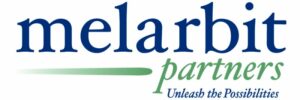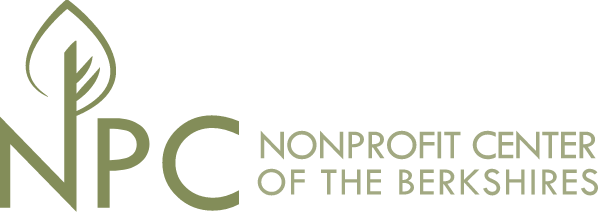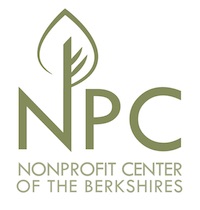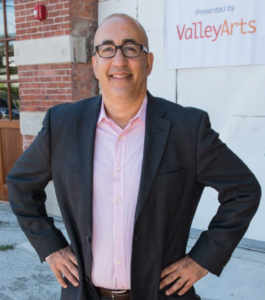26 Oct Real Talk on Fundraising, Philanthropy & Social Sector Innovation
Real Talk on Fundraising, Philanthropy & Social Sector Innovation
Small Nonprofits: Big Impact
Now is the time to re-imagine fundraising priorities and plans
By Bruce Arbit
WHY NOW?
“So often in life, things that you regard as an impediment turn out to be great, good fortune.” Ruth Bader Ginsburg
These difficult times are disproportionately affecting our smallest nonprofits and businesses. At the same time, they offer the opportunity to chart a new more impactful, inclusive, and financially viable path.
It starts with moving beyond our outdated and constrained fundraising model.
GETTING REAL ABOUT THE PROBLEM
The reality is that nationally, most of the nonprofit sector, 60%+, have budgets less than $250,000.
Because the established fundraising model – with its over-reliance on leadership, top-down giving from a few major supporters – was designed for large educational institutions and medical centers, smaller organizations struggle to employ it successfully. Its built-in pipeline of individuals from alumni and grateful patients gives larger organizations a ready source of fundraising prospects. What is a micro organization to do?
SMALL BUDGETS: BIG IMPACT
A small budget does not mean small impact. In fact, smaller mostly local nonprofits are the heart of our communities. Their effectiveness is a result of the proximity to the problems they are trying to solve. Their magic is in the meaningful work they do and the community they create along the way. The question is – how do they secure the financial resources they need?
CHARTING YOUR OWN PATH: CREATE IMPACT, MONEY WILL FOLLOW
No, there are no magical funding sources waiting in the wings to solve your funding woes. Addressing fundraising inequities and stimulating new financial resources requires nonprofit leaders to go beyond, not replace, the comfort of traditional fundraising techniques by blending philanthropic sources with more business-aligned endeavors to assure the effort is financially viable.
Follow the clues and start your journey here:
- Build on Your Strengths:It is more efficient to leverage existing assets as the basis for new opportunities. Most readily accessible organizational assets often include your – agency’s reputation; role as frontline first-responder; and ability to stimulate local community and economic activity.
- Utilize Revenue-Generating Best Practices: The most successful fundraising shops start with their community – namely key constituents, most loyal and generous customers, community supporters, colleagues, and prospective partners, who have a vested interest in their success.
- Embrace a More Entrepreneurial Start-up Mindset: Start to replace the nonprofit mindset of dependency on traditional fundraising and philanthropy by considering how your enterprise can drive value with new joint ventures that create value and meet community needs.
- Secure expertise from a lead community and/or business leaders to gain insights on what compelling problems need to be addressed and what solutions to consider.
- Allocate resources. Yes! You will have to be prepared to invest resources of time, talent, and treasure. Finding the right community or business partner will be especially helpful (i.e. you provide innovative solutions; they provide financial resources).
- Learn more about the growing field of community wealth building with options from cross-sector collaborations to anchor institutions, crowdfunding platforms and place-based models here.
IT’S TIME TO OPEN NEW POSSIBILITIES
“You never change things by fighting against the existing reality. To change something, build a new model that makes the old model obsolete.” Buckminster Fuller, 20th century inventor and visionary (born and buried in MA).
SHIFTING beliefs can help expand options and create new pathways to success. One way to do this is to start to think of your smaller organization less like a Nonprofit and more as a Social Enterprise – a business dedicated to improving lives and/or solving community problems
Moving in this direction allows nonprofits to focus less on their tax status and more on their mission-driven value. Impact has always been our true currency. Now is the time to use our impact to open-up a broader array of resources and revenue to match the scale of the good we are doing.
The world is changing. Let us make that change impactful, inclusive, and financially sustainable.
This article is based on Bruce Arbit’s experience over the past 25 years, most recently as he has adapted his own small enterprise, Melarbit Impact Partners, over the last nine months.

Across multiple sectors and industries, Bruce has launched transformative fundraising and philanthropic initiatives, often at pivotal times, with more than $200 million raised.
His company, Melarbit Impact Partners, established in 2006, collaborates with mission-driven nonprofits, entrepreneurs, and investors to harness the full range of resources they need to activate and accelerate social impact. Recognized for its entrepreneurial approach, the company has built a reputation as a trusted source for fresh, innovative services and solutions.
A native of Boston, MA, Bruce has had an enduring 33-year connection to the Berkshires, beginning in 1987 when he worked at Bascom Lodge atop Mount Greylock. He has returned to the area frequently since then. He currently resides in Jersey City, NJ with his husband Marcos, and their cockapoo, Jack Black.
For more information go to melarbit.com and sign-up for our bi-weekly email communications.




